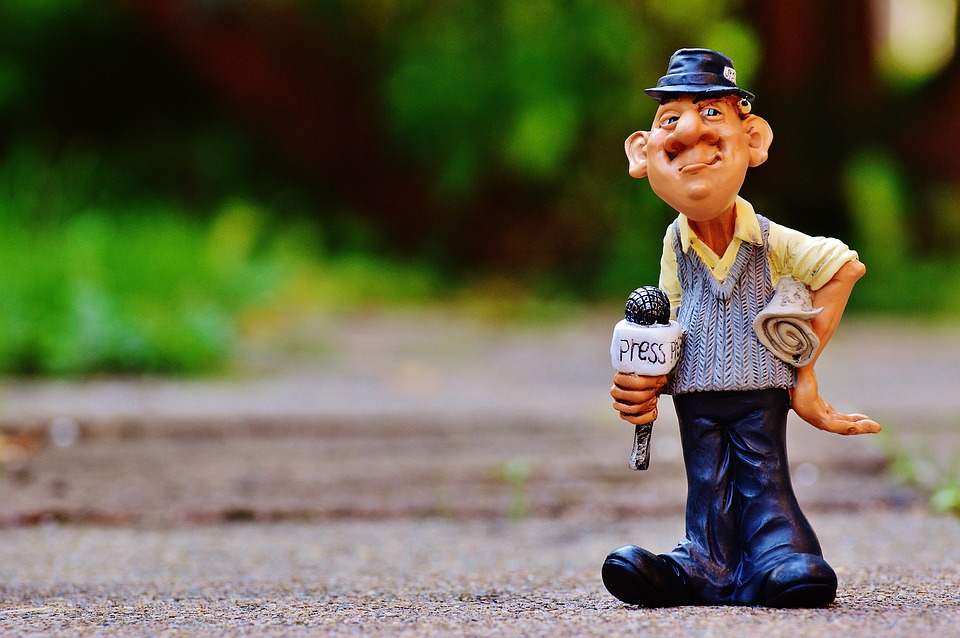Title: The Dark Side: Addressing Cyberbullying and Online Harassment
Introduction:
In an increasingly digital age, the internet has seeped into virtually every aspect of our lives, providing boundless opportunities to connect and interact. While it represents a haven for boundless communication and knowledge exchange, there is a darker underbelly that has left its mark on the social fabric of society. Cyberbullying and online harassment, unfortunately, have become prevalent issues that plague the online space. These malicious activities are forms of aggression or abuse that occur through digital means, turning the internet into a potential threat to mental well-being and personal security. This article sheds light on these phenomena, their implications, and how we can tackle them to promote a safer and more secure cyberspace.
Understanding Cyberbullying and Online Harassment:
Cyberbullying typically involves repeated, intentional harm inflicted on someone via electronic devices to cause embarrassment, emotional distress, and humiliation. These acts can include sharing one’s private information, making threats, or posting intimidating or mean content about others. Online harassment, on the other hand, is the use of electronic media to stalk, intimidate or manipulate individuals, which can cause significant distress. Cyberbullying is widespread among adolescents, while online harassment often targets other adults. These actions can take place across platforms like social media, emails, digital platforms, or gaming communities, and come with long-lasting emotional and psychological repercussions.
Reasons for Cyberbullying and Online Harassment:
There are several factors that contribute to the rise of cyberbullying and online harassment. The cloak of anonymity in the digital world, the disruption of traditional social hierarchies, the lack of supervision, and the difficulty in assessing emotional distance all contribute to the prevalence of these acts. The online world offers individuals who harbor aggressive, discriminatory, or unfair behaviors the opportunity to act without immediate consequences and target victims far and wide.
The Impact of Cyberbullying and Online Harassment:
Cyberbullying and online harassment can lead to isolation, anxiety, depression, self-harm, or suicide among victims. It can cause a significant decline in their quality of life, leading to reduced self-esteem, academic performance, and increased absenteeism. Offenders, too, face potential criminal charges, loss of employment, and a damaged reputation. In extreme cases, it can escalate to face-to-face bullying or physical harm.
Addressing Cyberbullying and Online Harassment:
1. Promote online safety education:
The surest way to combat online harassment and cyberbullying is through educating the users. Schools and parents must inform children about the consequences of these actions and promote empathy, kindness, and understanding. Several organizations and social platforms are now doing impressive work in this area, creating programs discussing these topics in interactive and engaging ways.
2. Encourage a reporting mechanism:
Most social platforms now have reporting mechanisms for cyberbullying and online harassment. Encouraging the victims, or witnesses to report these incidents can facilitate early intervention.
3. Promote digital etiquette in line with core values:
Parents, teachers, and mentors must present a strong foundation of empathy, kindness, and respect in online interactions. Promoting this digital etiquette creates a sense of awareness and accountability that can potentially deter individuals from engaging in these activities.
4. Strengthen legislation and law enforcement:
Laws addressing online harassment and cyberbullying need rigorous enforcement. Digital platforms are also required to strengthen their regulations against such activities and work closely with law enforcement agencies to protect users.
5. Promote better support systems:
Communities and institutions must grant significant support to those affected. This system should include counselling, legal help, and digital hygiene.
An Awareness Icon: A somber image showing various digital gadgets (phone, computer, etc.), with a few pieces of red tape over them, depicting restriction, surrounded by broken chains symbolizing breaking free from digital harm.
FAQs:
Q: How can I report cyberbullying incidents effectively?
A: Most social media platforms and websites have easy-to-find and straightforward reporting tools that allow you to report incidents of cyberbullying. To report effectively, document the behavior, take a screenshot as evidence, and be detailed about what you’re reporting.
Q: Can a cyberbully face legal consequences?
A: Yes, many countries have laws against online harassment and cyberbullying. However, enforcement may vary between jurisdictions.
Q: How do I confront a cyberbully?
A: Avoid responding or engaging with the bully, as this can escalate the situation. Report the incident instead, blocking and reporting the user.
Q: How can I help a friend being cyberbullied?
A: Offer emotional support and encourage them to report the incident and seek help from adults or professionals.
Q: What should I do if I am a victim of cyberbullying?
A: Contact trusted adults about the incident and their guidance. It is essential to keep evidence and reach out to a mental health professional if needed.
In Conclusion:
Cyberbullying and online harassment hurt millions worldwide. It is vital to establish a safe and supportive environment for those affected while punishing those who perpetrate such activities. As digital citizens, it is up to us to protect and advocate for those around us to uplift the online world from these darker aspects.
Image: An illustrative figure featuring a hand gently holding a barrier, representing protection, confronting tongues of fire, which represent the cyberbullying and online harassment.


